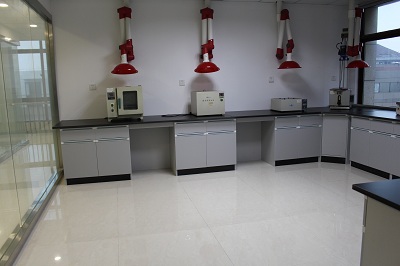corrosion test![]()
Valve detection![]()
Metallographic analysis![]()
component analysis![]()
Mechanical test![]()
failure analysis![]()
Nondestructive flaw detection![]()

2016-11-11 Rongda test 1033 times

Detection Purpose: Detection of dezincification resistance of brass
Detection range: brass
Dezincification of brass is selective corrosion, that is, selective dissolution of active components in the alloy. The components can be one of the elements in single-phase solid solution alloy or one of the phases in multiphase alloy. Selective corrosion occurs in binary or multicomponent alloys, in which the components or phases with negative electrode potential dissolve preferentially, such as dezincification of brass. The dezincification corrosion of brass is related to the zinc content in Cu Zn alloy. When the zinc content is lower than 15%, dezincification corrosion will not occur generally, but the erosion resistance of the alloy is poor. Increasing the zinc content is conducive to improving the strength and erosion resistance of the alloy, but the tendency of dezincification corrosion will increase. When the zinc content of brass is more than 20%, the zinc element is easy to dissolve preferentially in the aqueous solution, leaving porous copper. This kind of corrosion is the main damage form of brass condensing tube. As a result, the strength of brass is reduced and the service life of the condensing tube is greatly shortened. The dezincification corrosion of brass mainly presents two forms: one is uniform layered dezincification, which occurs in brass with high zinc content and always in acid medium; the other is plug dezincification, which occurs in brass with low zinc content, which often occurs in brass used as sea water heat exchanger in some slightly acidic, neutral or alkaline medium. The main factors influencing the dezincification corrosion of brass are alloy structure and external environment. In terms of phase composition, the single-phase & alpha; brass with zinc content more than 20% leaves porous copper after dezincification, while the dezincification of & alpha + & beta; biphasic brass starts from the & beta; phase, after the & beta; phase completely transforms into loose copper, it expands to the & epsilon; phase or & gamma; phase brass with higher zinc content, because the dezincification will occur the phase transition of & epsilon; - < gamma; - & beta; - & alpha;. The degree of dezincification depends on the change of external conditions such as dezincification time, medium and external potential, and it is also found that the higher the zinc content in brass, the easier dezincification will occur. The dezincification of brass can occur not only in neutral seawater, river water and industrial water, but also in strong acidic and alkaline media. The pH value of solution has little effect on the dezincification of brass. Brass can also be dezincified in the solution of various salts such as CuCl2, CuSO4, (NH4) 2SO4 and NaCl. According to the morphological characteristics, brass with high zinc content is easy to produce layered dezincification in acid medium; brass with low zinc content is easy to produce plug dezincification in neutral and alkaline medium. With the increase of medium temperature, the dezincification speed of brass increases.
Last article: NO!
Next article: NO!